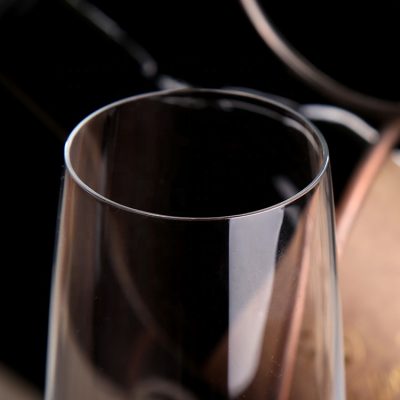In recent years, it has become fashionable to pursue a healthy diet and an environmentally friendly lifestyle. In the wine industry, this trend is gradually emerging, and concepts such as Organic Wine, Biodynamic Wine, and Natural Wine emerge as the times require. What’s so special about these wines? What’s the difference between them? This article will take you to understand them one by one.
1. Organic wine
Organic wine refers to the wine that does not use fertilizers, herbicides and other chemical synthetic agents in the planting process, and the content of additives (such as sulfur dioxide) used in the winemaking process meets the corresponding standards, and finally obtains organic certification. However, it should be noted that in different countries and regions, the specific standards for organic certification (such as whether sulfur dioxide is allowed to be added, and the amount that can be added) may be different. At present, the more common and authoritative organic certification agencies include the French International Ecocertification Center (Ecocert) and the United States Department of Agriculture (USDA).
Well-known wineries that have obtained EU organic agriculture certification include the 1855 first growth Chateau Latour, the 1855 third growth Chateau Ferriere, and the 1855 fifth growth Chateau Pontet-Canet. ), Sauternes First Growth Chateau Guiraud, etc.
2. Biodynamic wine
Biodynamic wine refers to the wine produced by the biodynamic method (Biodynamics). The idea of biodynamics originated from the Austrian philosopher Rudolf Steiner, who believed that an agricultural area is a self-sufficient organic whole, in which every element (such as the moon, soil, flora and fauna, people, etc.) Together, an ecological cycle is formed, and growers should maintain the health and vitality of the entire ecology by increasing the biodiversity in the park (such as introducing horses, sheep or some other vegetation) and rationally coordinating various elements.
The biodynamic method has two unique features: 1. The grower is required to follow the biodynamic calendar obtained by observing the changes and cycles of the movements of the earth, the sun, the moon and the planets, and accordingly carry out agricultural activities such as sowing, pruning and harvesting; ②Growers are required to use compost preparations made from natural materials such as cow dung and horns in the garden.
At present, the biodynamic certification of winery vineyards is mainly carried out by two organizations, Demeter International and Biodyvin. The winery must have obtained or are in the process of organic certification before applying for the certification. . Well-known wineries that have obtained biodynamic certification include Domaine Leflaive, a top-level Burgundy winery (also known as “Double Chicken” in China), 1855 second-class winery Chateau Durfort-Vivens, The 1855 third-level estate BMW Manor (Chateau Palmer) and the Ponte Canet Castle, etc.
3. Natural wine
For a long time, there was no clear official definition and associated certification body for natural wine. It is more like a winemaking philosophy, which embodies the winemaker’s ultimate pursuit of the winemaking method of “not adding a trace of foreign objects and not removing a single bit of authenticity”. However, in March 2020, the French Directorate General for Competition, Consumption and Anti-Fraud (DGCRF) officially confirmed the 12 standards for natural wines, and only wines that meet these requirements can use “Vin methode nature (French, meaning natural” on the wine label). wine)” label. Among them, the specific requirements for the brewing process are:
① Made from certified organic grapes; ② Wine grapes are harvested by hand; ③ Fermented with natural yeast in the vineyard or cellar; ④ No additives; ⑤ No artificial adjustment of the composition of wine grapes; ⑥ Reverse osmosis, filtration, high-temperature instant sterilization, hot-dipping brewing and other traumatic techniques cannot be used; ⑦ Do not use sulfur dioxide at all, or the sulfur dioxide content is less than 30mg/L.
Currently, natural wines mainly come from French regions such as Beaujolais, Jura and the Loire Valley. Well-known natural wine wineries include Burgundy’s famous “chopper winery” – Domaine Prieure Roch, Maison Pierre Overnoy in the Jura, France Domaine Thierry Allemand in the Northern Rhone Valley, among others.
All in all, these types of wines overlap in planting and brewing methods, but each has its own characteristics. In the final analysis, they all have the same goal, which is to better display the charm of the terroir and the grape itself by being closer to nature, while maintaining ecological sustainability.




















